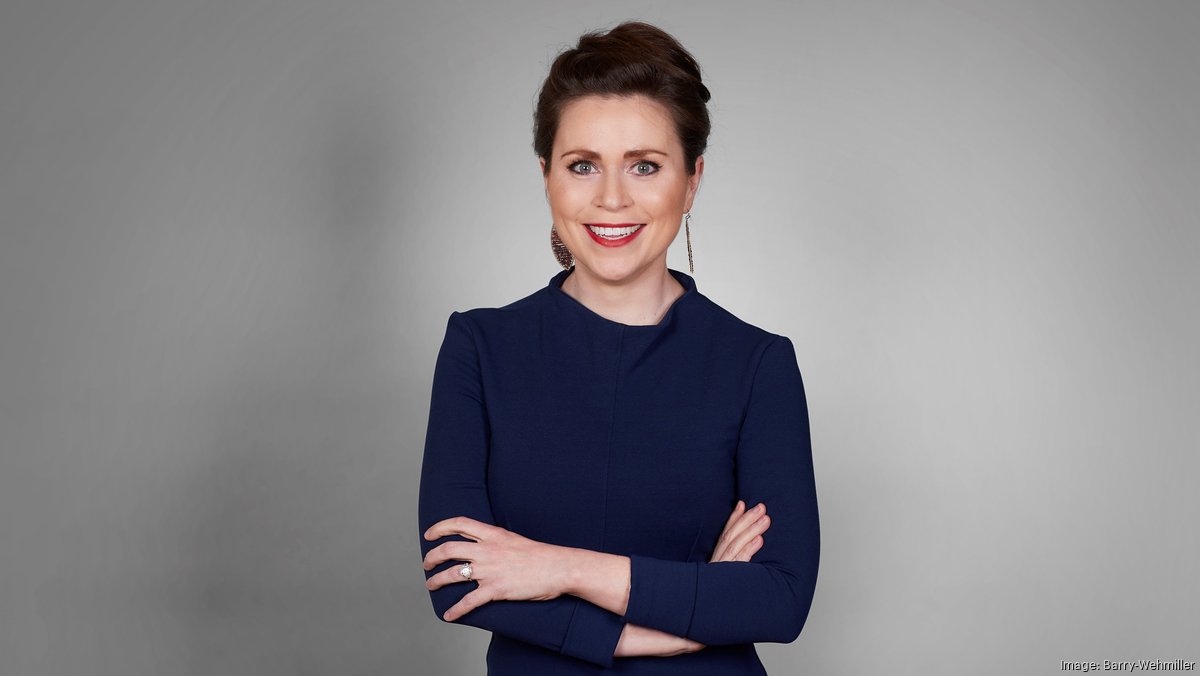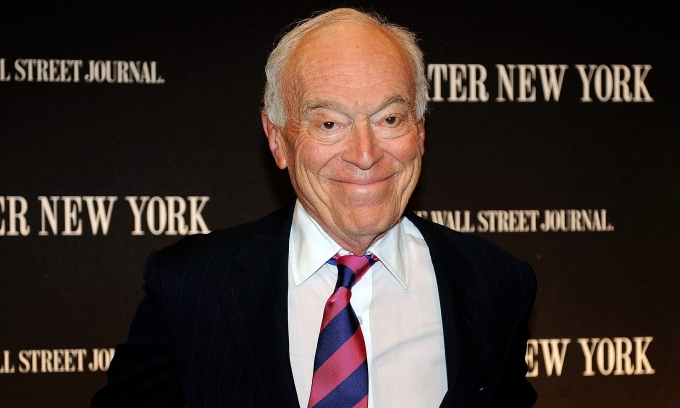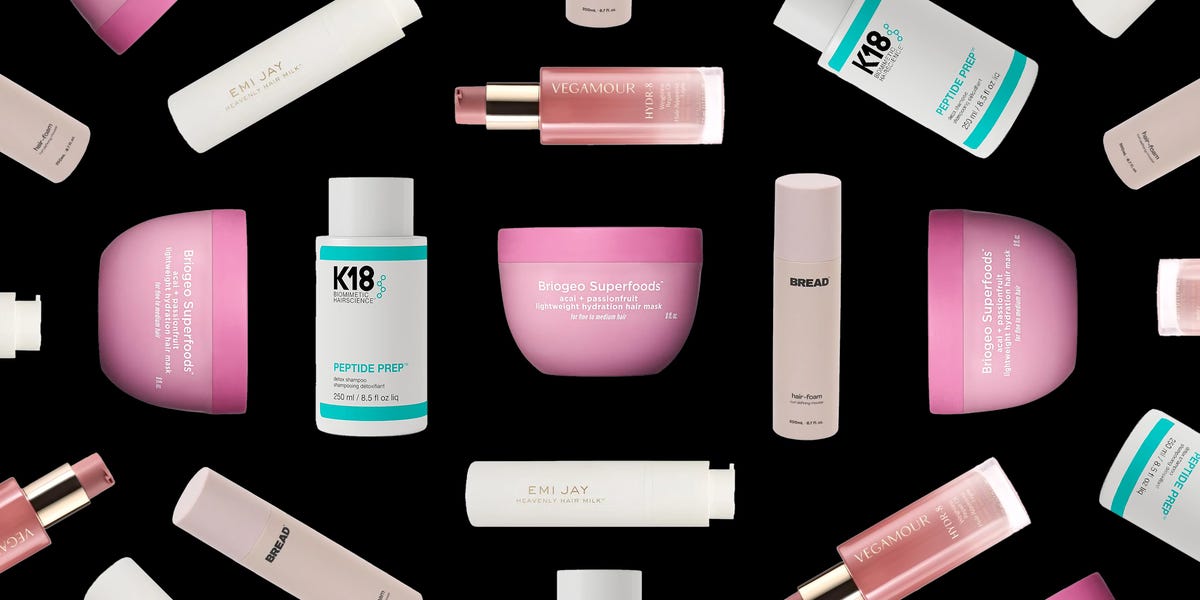Summary
A $3.6 billion, St. Louis-based global manufacturing technology company added to its board a cosmetics firm CEO who’s a veteran of Fortune 500 firms.
Source: The Business Journals

AI News Q&A (Free Content)
Q1: What is the significance of Barry-Wehmiller's addition of a cosmetics CEO to its board?
A1: Barry-Wehmiller, a $3.6 billion global manufacturing technology company, recently added a cosmetics firm CEO to its board. This move is significant as it could indicate a strategic shift or diversification into new market segments, leveraging the experience of a veteran with Fortune 500 firms. Barry-Wehmiller has historically expanded through acquisitions, focusing on packaging, paper converting, and engineering services.
Q2: How does the cosmetics industry contribute to the global economy?
A2: The cosmetics industry is a major economic player, generating an estimated annual turnover of $170 billion globally. Dominated by multinational corporations like L'Oreal and Estée Lauder, the industry includes products such as skincare, haircare, and color cosmetics. Europe leads the market with approximately €63 billion in revenue, highlighting the sector's significant contribution to the global economy.
Q3: What are some health concerns associated with modern cosmetic ingredients?
A3: Modern cosmetics can contain controversial ingredients like per- and polyfluoroalkyl substances (PFAS) and formaldehyde releasers, which may cause allergic reactions. Although commercial cosmetics are generally tested for safety, these ingredients raise health concerns due to their potential harmful effects. Regulatory bodies like the European Union enforce stringent regulations to ensure product safety.
Q4: What are the challenges and solutions associated with the use of non-GRASE UV filters in cosmetics?
A4: Non-GRASE UV filters like avobenzone and oxybenzone face challenges such as photodegradation and systemic absorption. Researchers are addressing these issues by developing stabilization strategies, including encapsulation techniques and nano-hybrid formulations, to enhance UVF performance while minimizing health risks. These innovations aim to improve photostability and reduce harmful byproducts.
Q5: How has Barry-Wehmiller's acquisition strategy shaped its business model?
A5: Barry-Wehmiller's acquisition strategy has been pivotal in its growth, with over 80 acquisitions since 1987. The company has diversified its offerings to include packaging, paper converting, and engineering services. This approach has allowed Barry-Wehmiller to expand its market presence and technological capabilities, making it a significant player in the global manufacturing sector.
Q6: What role does regulatory oversight play in the safety of cosmetic products?
A6: Regulatory oversight is crucial in ensuring the safety of cosmetic products. In the U.S., the FDA monitors marketed products for safety, though it does not require pre-approval for cosmetics. The European Union has stricter regulations, banning certain harmful substances and ensuring rigorous safety assessments. These regulations help protect consumers from potential health risks associated with cosmetics.
Q7: What historical trends have influenced the use of cosmetics over time?
A7: Cosmetics have been used for thousands of years for appearance enhancement, with trends fluctuating across centuries. Early cosmetics often contained harmful ingredients like lead. Modern cosmetics focus on safety, although some ingredients remain controversial. Regulatory improvements and consumer awareness have led to healthier and safer cosmetic products, reflecting changing societal standards and scientific advancements.
References:
- Barry-Wehmiller Companies
- Cosmetic industry
- Cosmetics
- The dual challenge of FDA-evaluated non-GRASE UV filters: Photostability and systemic absorption - A path toward safer and more effective sunscreens




